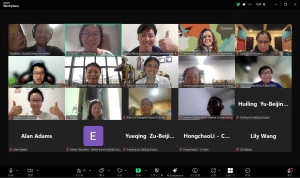“120 points! Does it mean, I’ve correctly thrown 12 times? A good score, isn’t it?”
“Wow, let me check. Yes, the third best score so far. Congratulations!” said Niu Ruixue, the founder of 27 Yard, encouraging a senior citizen playing a waste sorting game.
Since the implementation of the Beijing Municipal Waste Management Regulations in May 2020, every Beijing resident has been impacted by the changes that waste classification has brought to their lives.
The single trash bins that once existed in all communities across the city have been replaced by sets of garbage bins that are each painted a different color: red, green, blue, or grey. People are no longer allowed to put all their trash into the same bin and now have to separate it into different categories.
However, it has not been easy to change the living habits of tens of millions of people – and harder still to trust them to accurately determine the different categories of trash.
To ease the transition, the municipal government sent 20,000 trash classification instructors to all communities to train volunteers and grassroots social organizations, such as 27 Yard, to help guide people on how to sort their trash correctly.
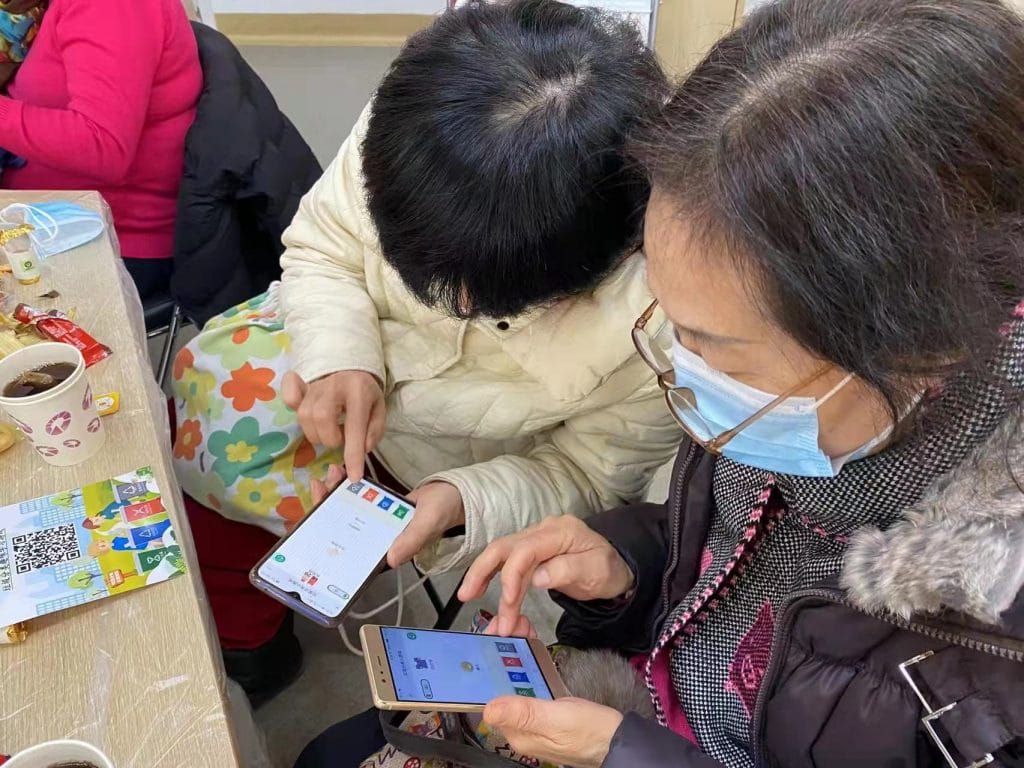
27 Yard
Years ago, Niu and her artist friends returning from studying overseas were busy thinking about how to bring art into the lives of ordinary Chinese people. At the same time, government officials in Dongcheng District were troubled by the lack of cultural activities and the declining population in the community. However, at an art event in 2016, officials made a deal with a group of artists to improve things, with each party agreeing to do the following:
- The government would provide a traditional Chinese courtyard at No. 27, Neiwubu Hutong;
- The team of artists agreed to be responsible for organizing everything, including regularly holding events;
- The newly-created organization was then named after the address number – 27 Yard.
- Two goals needed to be achieved:
- to enrich the cultural life of the community’s elderly residents
- to encourage young people to return to the area
This is how 27 Yard was born. From the very beginning, the young artists understood that they needed to have sufficient understanding of the community before creating their artwork. So, they went door-to-door to conduct research on the residents in order to understand the living conditions of every family, and to design cultural projects in a targeted manner.
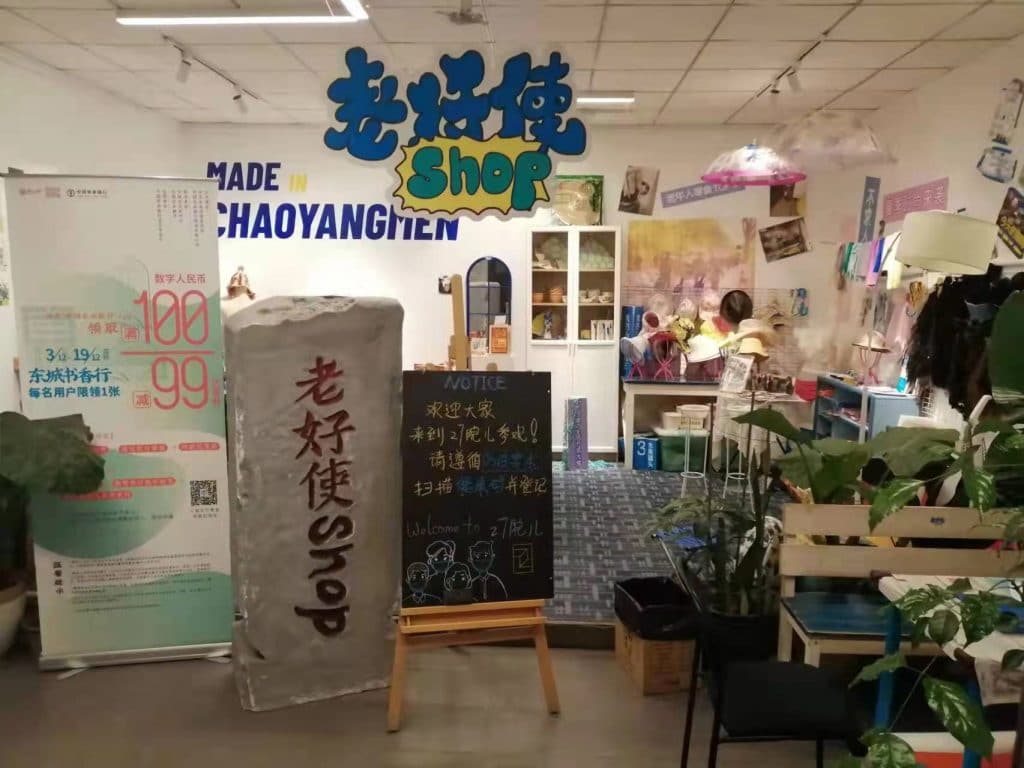
Since its establishment, 27 Yard has implemented more than 300 creative projects, carried out more than 2,500 cultural activities, and served more than 100,000 people. Among them, young people accounted for more than 50 percent, and the overall satisfaction rate has now hit 95 percent.
“Although young people have not directly moved back to stop the decline of the population in the community as expected,” said Yu Ge, co-founder of the organization, “many of them regard 27 Yard as one of the most important cultural centers in Beijing, and are willing to participate in our activities here.”
The district government is also very satisfied. Regarding 27 Yard as one of the best examples of cooperation between the government and social organizations, they want it to help smooth the rollout of the new trash sorting policy in the community as well.
“We need to find a way that is suitable for the residents,” said Yu. After days of brainstorming, 27 Yard came up with the idea of developing a mobile game.
The mobile game
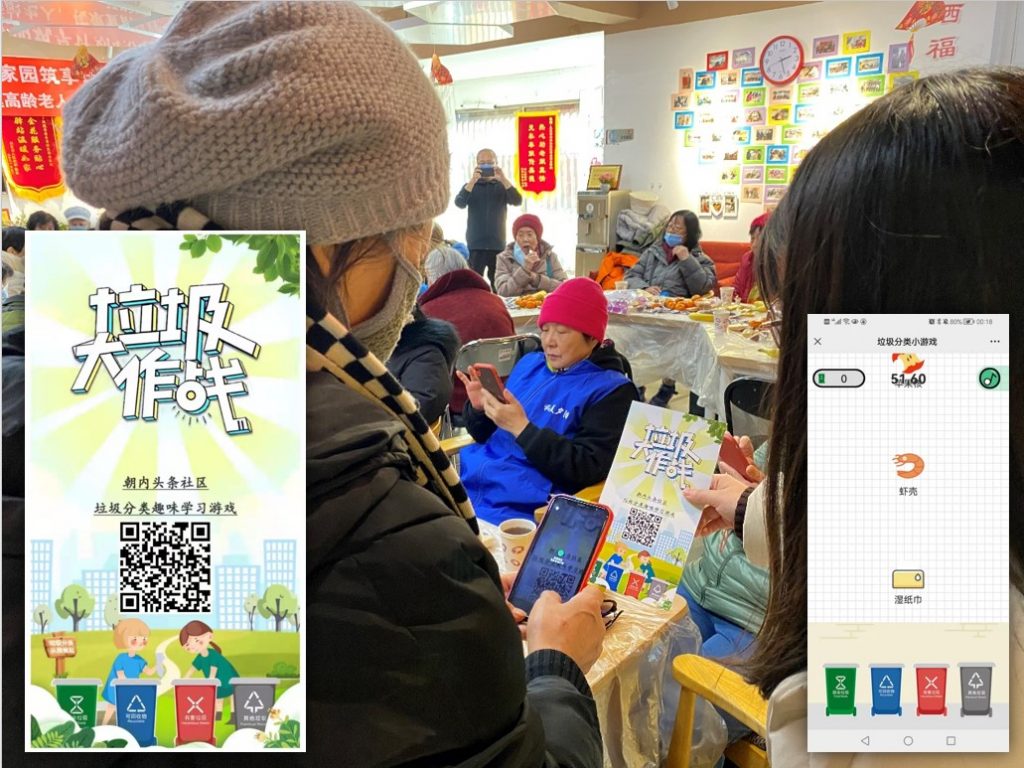
“It is based on our familiarity with the community,” Yu explained. According to their research, more than 2,000 residents live in this community, most of whom are retired, well educated, and smartphone users.
With assistance from the garbage classification instructors, the 27 Yard team categorized hundreds of types of domestic waste, determined their categories, designed the graphics, and contracted an IT company to finally make it.
The rules of the game are not complicated:
- You can enter the game interface by scanning the QR code with your mobile phone;
- After starting the game, you will see small graphics such as fruit pits, shrimp peel, and waste plastic products slowly falling from the top of the screen, accompanied by soothing music;
- You need to guide the graphics, according to their different categories, to the four garbage bins at the bottom of the screen using your fingers, before they hit the bottom;
- Green for kitchen waste, blue for recyclable waste, red for hazardous waste, and grey for all other waste;
- Within 60 seconds, a user can get 10 points for each item of garbage they classify correctly.
“The current highest score is 160, which is also the maximum number of graphics falling per minute (x10 scores/min),” said Niu, who explained that they can’t make the speed faster, because it is designed for elderly people.
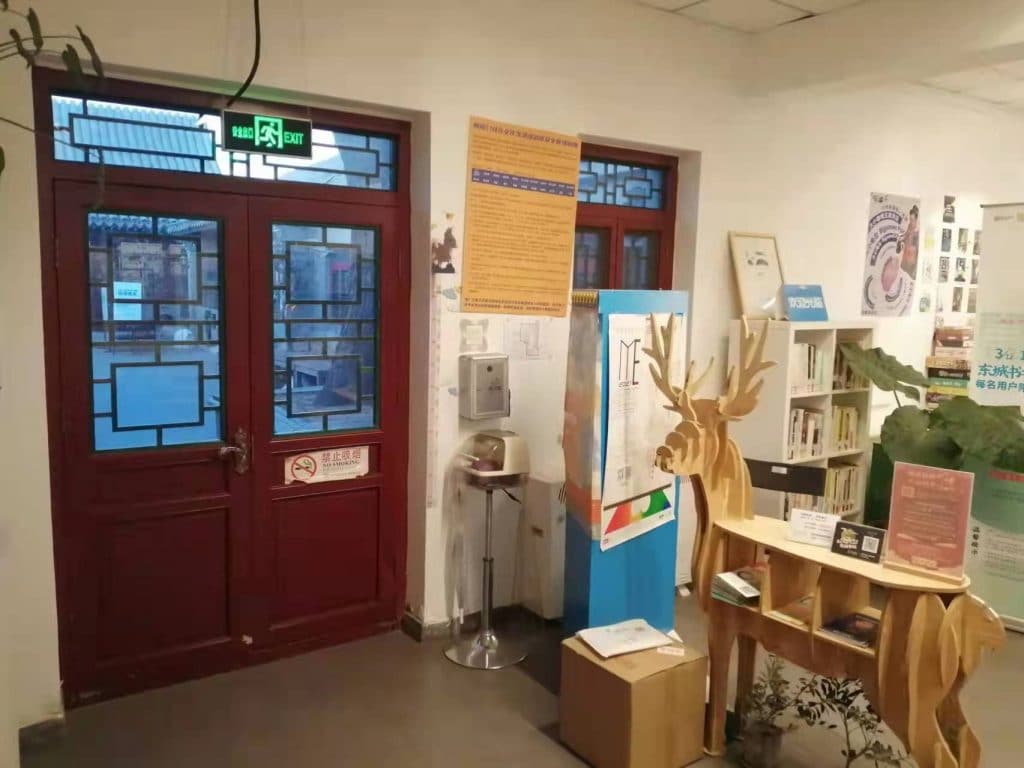
An instructor told CDB: “Appropriate waste classification can reduce pollution and energy consumption, save on landfill, and cut the burden of garbage disposal by up to 80 percent.”
All trash bins in Beijing are managed by classification instructors or volunteers. According to the Waste Management Regulations, “those who dispose in violation of regulations will be reminded of how to dispose of waste properly. Those who refuse to comply, will be subject to administrative penalties.”
“Considering that it will take time for residents to adapt to trash sorting, we have set the grey one for all other kinds of waste. If you really don’t know which category your trash falls into, throwing it in the grey bin can be a safe option,” said the instructor.
The aim of having the grey bins is to increase the flexibility of the policy’s implementation, to give residents time to adapt – but they will likely be phased out in the future.
Yu said: “Today, a total of 51 senior citizens took part in our activities. They have all played this mobile game. Next, we plan to further promote it. We expect more than 2,000 residents to have played the game by mid-April.”



